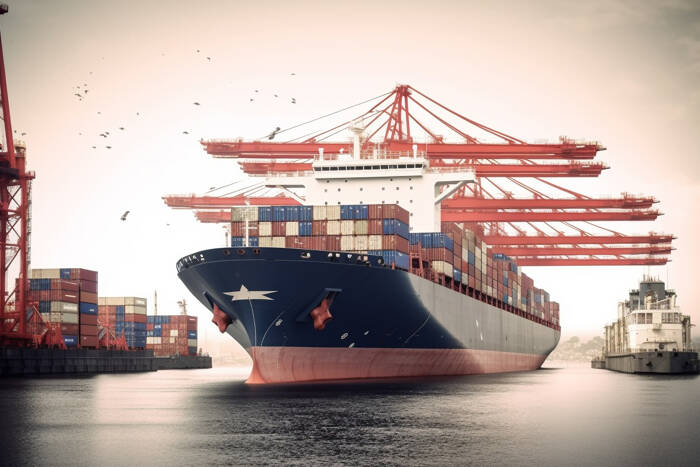The talks may prove vital for China as it aims to sustain the momentum from H1 2025.
Notably, Chinese exports to the EU increased 6.9% year-on-year in June, up from 3% in May. Chinese goods saw stronger demand despite EU tariffs on Chinese electric vehicles (EV). Germany and France were the key drivers of demand for goods, with exports to Germany rising 11.9% and 8.6% to France.
In contrast, exports to the US fell 10.7% year-on-year in the first half of the year. The impact of US tariffs on China’s trade terms was evident in H1 2025. The US accounted for 11.9% of total Chinese exports in H1 2025, down from 14.6% in 2024. This was despite a first-quarter surge in shipments to the US amid pre-tariff front-loading.
Export trends for H1 2025 underscored the need for Beijing to improve trade relations with the EU. Meanwhile, the EU may face pressure from the US administration to curb demand for Chinese goods.
US Tariffs on Southeast Asia Highlight Trump’s Bid to End Reliance on Chinese Goods
With the EU facing a potential 15% US tariff on its exports to the US, China may extend an olive branch. Lower EU tariffs could offer an indirect trade path to the US.
While tensions have eased on the surface, underlying risks persist. The US administration has targeted Southeast Asian countries in response to China rerouting to the region. Chinese exports to Southeast Asia rose 16.8% year-on-year in June while exports to the US plunged 16.1%.
However, China’s trade terms with Southeast Asian countries could deteriorate in H2 2025. Vietnam agreed to a 40% tariff on transshipments to the US in addition to a 20% tariff on Vietnamese goods. The US administration also imposed a 19% levy on Indonesian goods bound for the US.
China Beige Book remarked on China’s exports to Southeast Asia, and relations with Indonesia, stating:
“For months, China’s exports to SE Asia have surged… Indonesia’s monthly imports of Chinese goods spiked 51% in April, the most recent data.”
Redma Gita Wirawasta, chairman of the Indonesian Yarn Producers Association, reportedly stated:
“The worst-case scenario is not that we can’t export. The worst-case scenario is that more & more Chinese goods will come to Indonesia.”
Former Indonesian President Joko Widodo previously threatened a 200% tariff on Chinese goods to address the issue.
Beijing Policy Moves and EU-China Trade Talks Crucial
A US proxy trade war with China and Southeast Asian government measures to curb imports from China are key risks for Beijing to manage. Fresh stimulus measures aimed at boosting domestic demand may partially offset the effects of weaker external demand. However, China’s dependency on external demand will not disappear overnight, giving EU-China trade negotiations greater importance.
Natixis Asia Pacific Chief Economist Alicia Garcia Herrero remarked:
“Export growth might slow to 2-3% year-on-year in the third quarter of this year, and perhaps just 1% in the last quarter. Shipments of low value goods, which can easily be manufactured elsewhere—such as furniture, clothes, shoes, and toys—to be most affected. Bicycles originally intended for export to America are already on sale at low prices on Chinese e-commerce sites.”
However, improving EU-China relations and lower US tariffs on Chinese goods would raise the external demand outlook. Vice Premier He Lifeng will reportedly attend US-China trade talks next week. The US Treasury Secretary will meet Chinese officials in Stockholm on July 28 and 29 for a third round of high-level talks.
Trade Developments Drive Hang Seng Index Toward 26,000
Beijing’s stimulus announcements, recent economic data from China, and easing US-China friction have boosted investment appetite for Hong Kong and Mainland China-listed stocks.
The Hang Seng Index eyed a five-day winning streak on July 24, currently up 6.75% July to date. Meanwhile, Mainland China’s CSI 300 and Shanghai Composite Index have advanced 5.26% and 4.56% in July to date. Optimism over a US-China trade deal and Beijing’s pledges to tackle domestic price wars and boost private consumption have lifted sentiment.
Notably, the Nasdaq Composite Index trails the HK and Mainland markets, gaining 3.19% in July to date.

